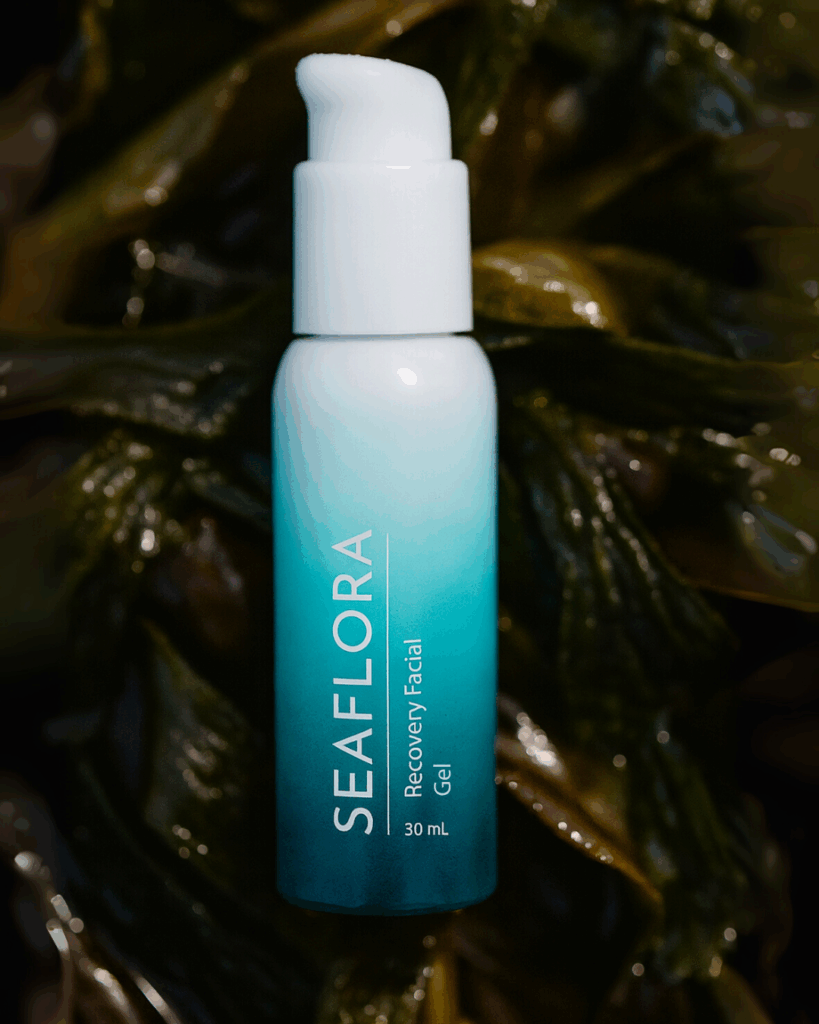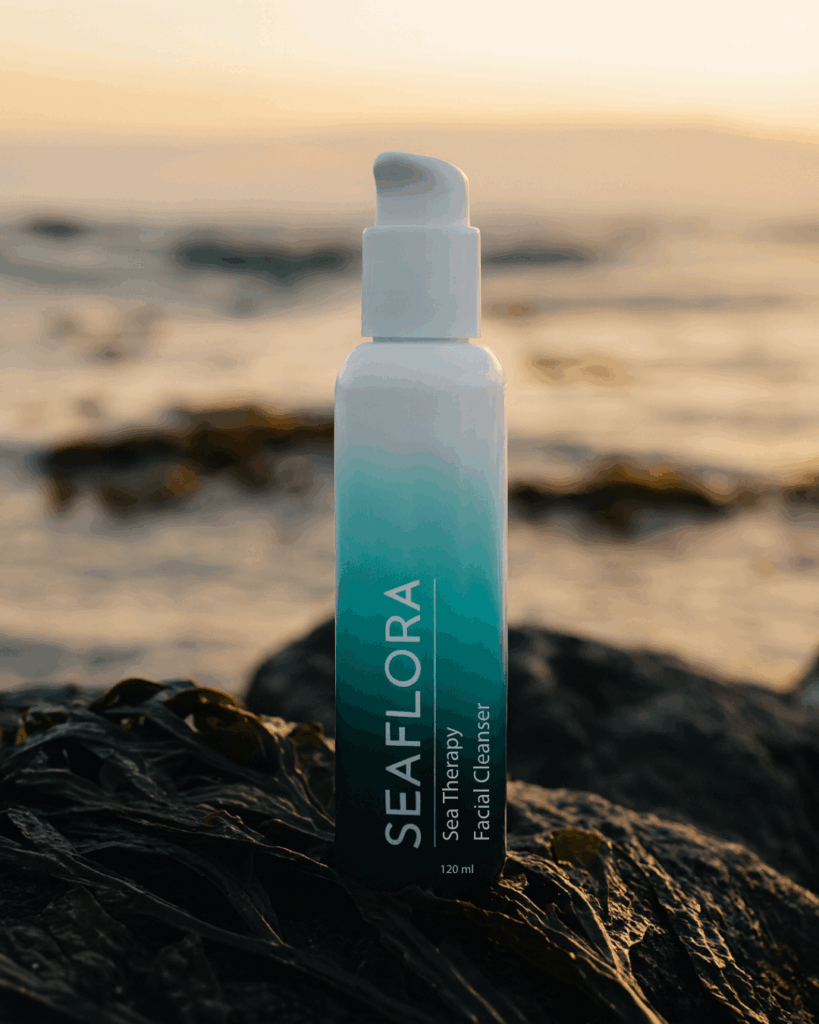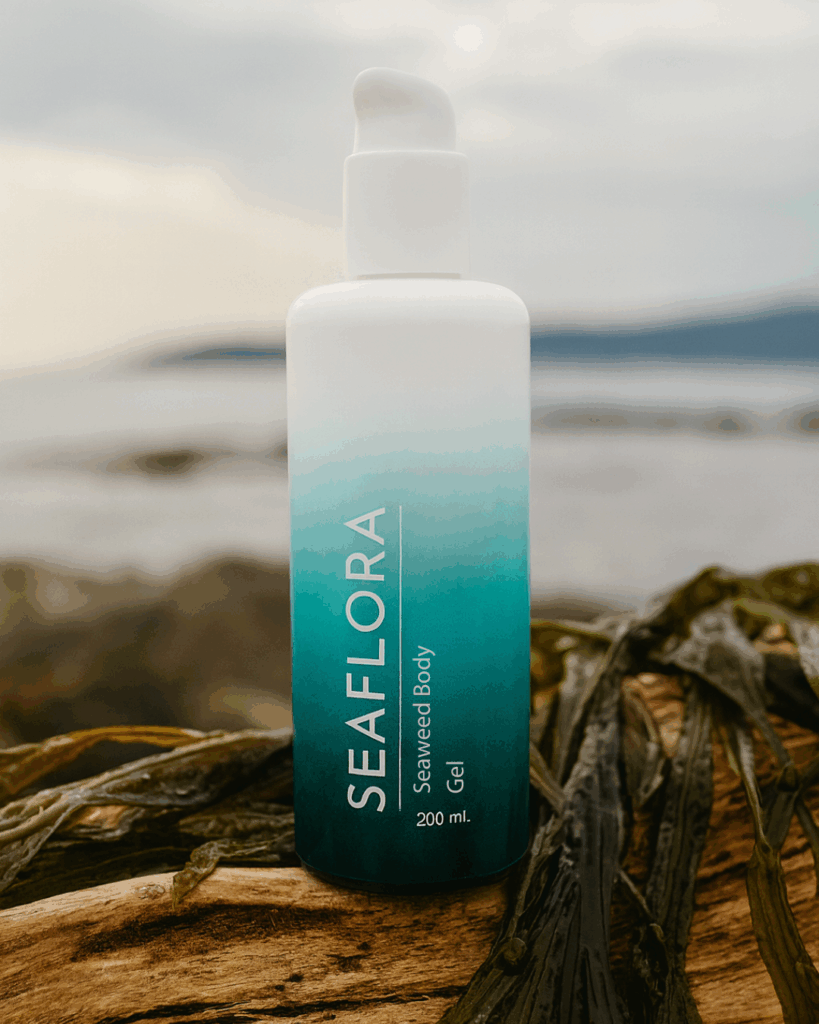Discover the Ancient Seaweed Healing Secrets Backed by Centuries of Wisdom
For ages, people living by the sea have looked to the ocean’s bounty for health and healing. It turns out, seaweed wasn’t just food; it was a go-to for all sorts of ailments. From ancient Egypt to the shores of Ireland, cultures worldwide found ways to use this ocean plant. We’re going to explore how different groups understood and used seaweed, and what we can learn from their traditions today.
Key Takeaways
- Seaweed has been used for thousands of years across many cultures as a source of food and medicine.
- Ancient civilizations like the Egyptians and Chinese documented seaweed’s use for digestive issues and overall health.
- Indigenous peoples globally incorporated seaweed into their diets and healing practices, showing a deep connection to marine resources.
- Seaweed was recognized for its healing properties, from soothing stomach problems to treating skin conditions and respiratory issues.
- Modern science is now exploring and validating many of the traditional uses of seaweed for health and wellness.
A Global Connection to the Sea
It’s pretty amazing when you think about it – how many cultures, spread out all over the globe, have this deep, historical connection to the ocean and the life within it, especially seaweed. It’s not just about food, though that’s a big part of it. For ages, people have looked to the sea for healing, for spiritual guidance, and as a symbol of resilience.
Indigenous Narratives and Seaweed
Many indigenous cultures have stories that highlight the importance of the sea. Think about the Maori people in New Zealand, for instance. Their origin myths talk about “seaweed people,” beings born from the ocean who understood the natural world’s balance. It’s a powerful idea, showing how intertwined we are with marine life. This kind of reverence for the sea isn’t unique to them; you see similar themes in Pacific Islander traditions and among Indigenous peoples of the Americas, where sea deities and spirits are central to their beliefs. These stories aren’t just old tales; they carry lessons about living in harmony with nature.
Seaweed as a Symbol of Resilience
Seaweed itself is a pretty tough organism. It’s survived for millions of years, adapting to all sorts of ocean conditions. From the massive kelp forests along the coast to tiny algae, seaweed plays a huge role in marine ecosystems, providing food and shelter. This natural toughness makes it a symbol of resilience, something that can bounce back even when things get tough. It’s a good reminder for us, especially when we’re thinking about environmental challenges. We can learn a lot from how seaweed just keeps going. It’s a link to our past, but also holds potential for the future, like in sustainable seaweed cultivation.
Lessons for Sustainable Coexistence
Ultimately, these ancient traditions and the very nature of seaweed itself teach us about living more sustainably. They remind us that we’re part of a bigger web of life and that we need to treat the natural world with respect. By looking back at these old ways of thinking and understanding our connection to the ocean, we can find better ways to live in balance with the planet. It’s about reciprocity – giving back as much as we take. Seaweed, in its ancient wisdom and practical uses, really shows us the way forward.
Polynesian and Hawaiian Traditions
The islands of Polynesia, including Hawaii, have a deep, ancient connection to the ocean, and seaweed was a big part of that. It wasn’t just food; it was woven into their culture, their health practices, and even their spiritual beliefs. Think about it – living surrounded by the sea, it makes sense that they’d look to it for so many things.
Traditional Uses for Health and Wellness
Beyond the myths, seaweed was used practically. It was a food source, sure, but also a medicine. Different types of seaweed were used for various ailments. For example, some were thought to help with digestion or skin issues. It was a natural pharmacy, right there in the ocean.
- Digestive Aid: Certain seaweeds were consumed to help with stomach problems.
- Skin Treatments: Applied topically, some seaweeds were believed to soothe skin irritations.
- Nutrient Source: Rich in minerals, it was a vital part of the diet, especially when other food sources might be scarce.
Seaweed in Daily Life and Rituals
Seaweed wasn’t just for when you were sick. It was part of everyday meals, adding flavor and nutrients. It also played a role in ceremonies and rituals, signifying abundance and the life-giving power of the ocean. This holistic view of seaweed, as both sustenance and sacred, highlights a wisdom that modern society is only beginning to rediscover.
The way these cultures integrated seaweed into every aspect of their lives, from daily meals to spiritual practices, shows a remarkable attunement to the natural world. It wasn’t just a resource; it was a partner.
Japanese Seaweed Wisdom
Japan has a really long history with seaweed, going back centuries. It’s not just food; it’s deeply woven into their culture and traditional medicine. Think about kombu, nori, and wakame – these aren’t just ingredients, they’re seen as having significant health benefits. For a long time, people in Japan have used different seaweeds to help with various health issues. They’ve figured out that these ocean plants are packed with good stuff.
Historical Use and Cultural Significance
Seaweed, or kaiso in Japanese, has been a dietary staple for ages. Historical records show its use in Japan as far back as the 8th century, and it’s mentioned in traditional folk medicine. It’s more than just nutrition; it’s part of the cultural fabric. The way seaweed is prepared and consumed often reflects a deep respect for its properties.
Traditional Medicinal Applications
Japanese traditional medicine has long recognized the healing power of seaweeds. They were often used for specific ailments, and different types were thought to have different benefits. For instance, certain seaweeds were believed to help with things like swelling and glandular issues. It’s pretty amazing how much they understood about these marine plants without modern science.
Key Seaweed Varieties and Their Uses
Several types of seaweed are particularly important in Japanese traditions:
- Kombu (Laminaria species): Often used in broths, kombu is known for its rich umami flavor and is thought to be good for digestion and overall well-being.
- Nori (Pyropia species): The familiar seaweed used for sushi, nori is a good source of vitamins and minerals.
- Wakame (Undaria pinnatifida): Commonly found in miso soup, wakame is believed to support cardiovascular health.
- Hijiki (Sargassum fusiforme): This dark seaweed has been consumed for centuries, with historical records indicating its use in Japan as early as the 8th century. It holds a place in traditional Japanese folk medicine. Hijiki seaweed is often cited for its mineral content.
Modern Relevance and Seaflora’s Connection
Even today, the wisdom of using seaweed continues. Modern science is starting to catch up with what traditional cultures have known for a long time about the health benefits of these marine plants. Seaflora, for example, taps into this ancient knowledge, using seaweed in ways that honor these traditions while meeting contemporary needs such as skincare. It’s a way to connect with that ocean wisdom that has been passed down through generations.
Korean Traditional Medicine
In Korea, seaweed isn’t just food; it’s deeply woven into the fabric of traditional medicine and cultural practices. For centuries, Koreans have turned to the ocean’s bounty for healing and well-being. One of the most significant seaweeds in this tradition is Undaria pinnatifida, known locally as Miyeok or Heche.
Miyeok Guk: A Postpartum Staple
Miyeok Guk, a simple yet potent seaweed soup, holds a special place in Korean culture, particularly for new mothers. It’s believed to aid recovery after childbirth by providing essential nutrients.
- Rich in Calcium and Iodine: These minerals are thought to boost breast milk production.
- Symbolic Nourishment: Eating Miyeok Guk for the first month postpartum is a ritual reminding mothers of the initial nourishment passed to their babies.
- Birthday Tradition: The soup is also consumed on birthdays as a way to remember this early connection and invite good fortune.
Broader Medicinal Uses
Beyond postpartum care, various seaweeds have been utilized for a range of ailments in Korean traditional medicine. Red seaweeds, in particular, have a long history of use.
- Digestive Health: Certain seaweeds are used to help with stomach pain and constipation.
- Respiratory Support: They have been employed to address issues like colds and respiratory infections.
- Skin and Hair Health: Traditional practices suggest benefits for promoting healthy skin and hair.
The philosophy behind using seaweeds in Korean medicine often emphasizes prevention through diet. It’s about maintaining balance and supporting the body’s natural functions with what the sea provides. This approach highlights a holistic view of health, where food and medicine are closely linked.
Seaweed’s role in Korean health practices is a testament to the enduring wisdom of using natural resources for wellness. You can learn more about incorporating nutrient-rich seaweeds into your diet at seaweed metabolism benefits.
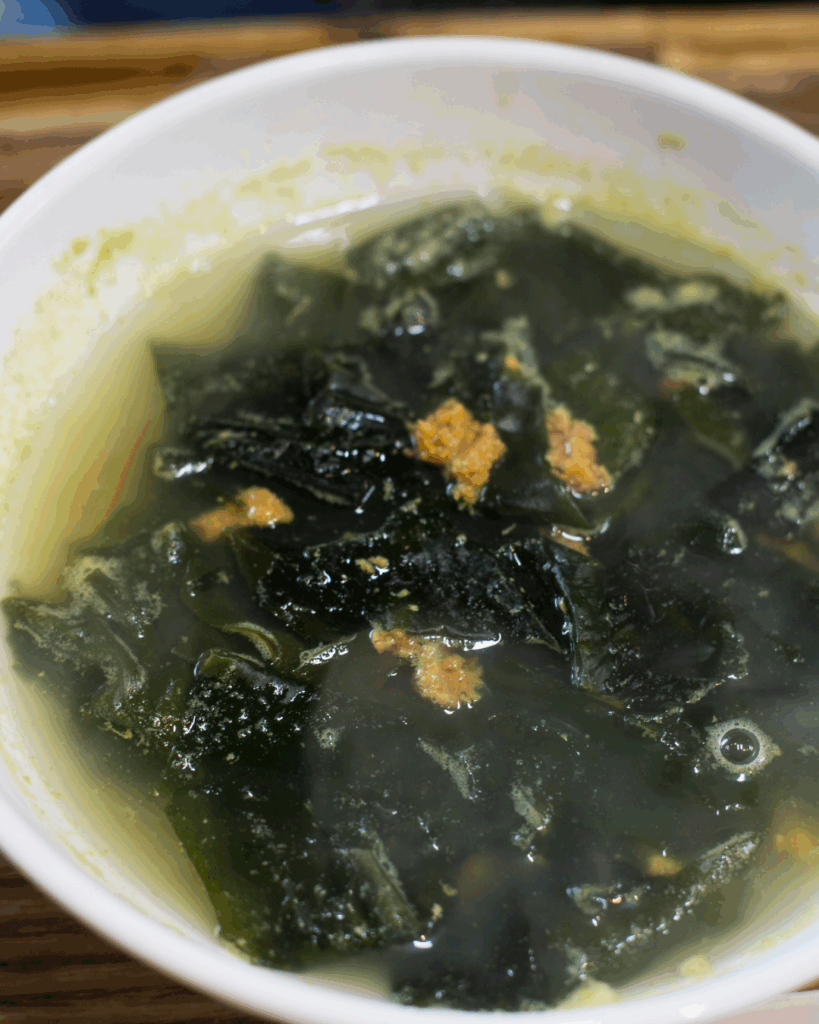
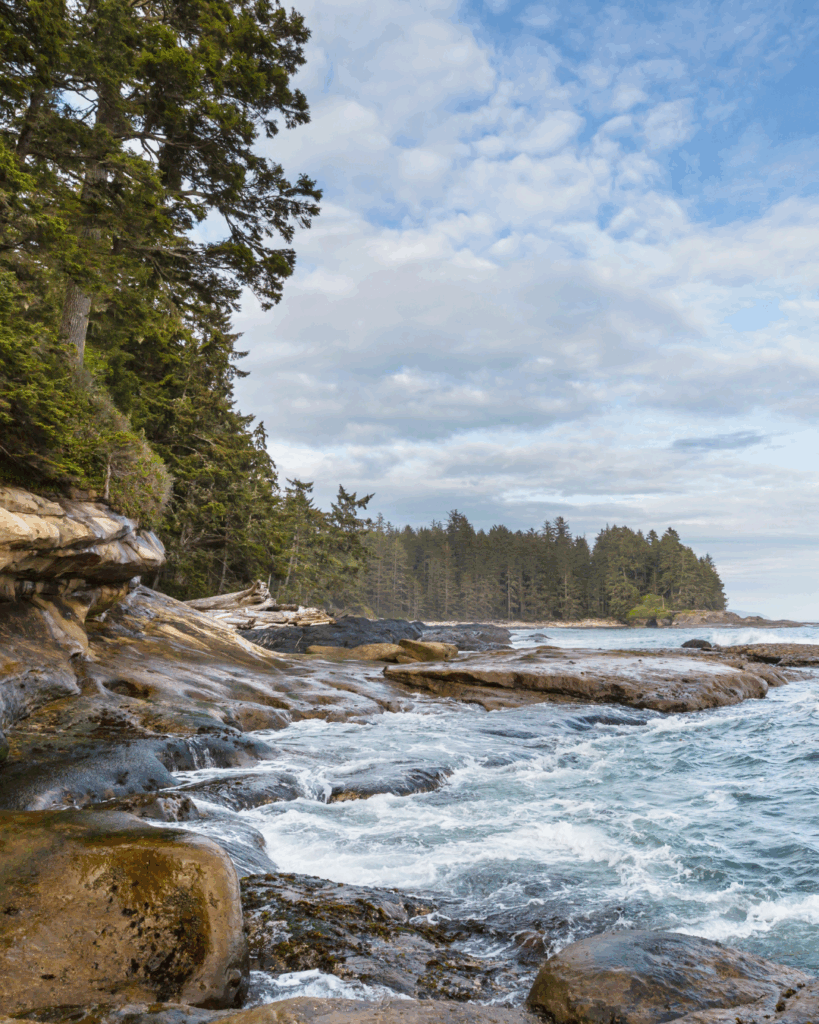
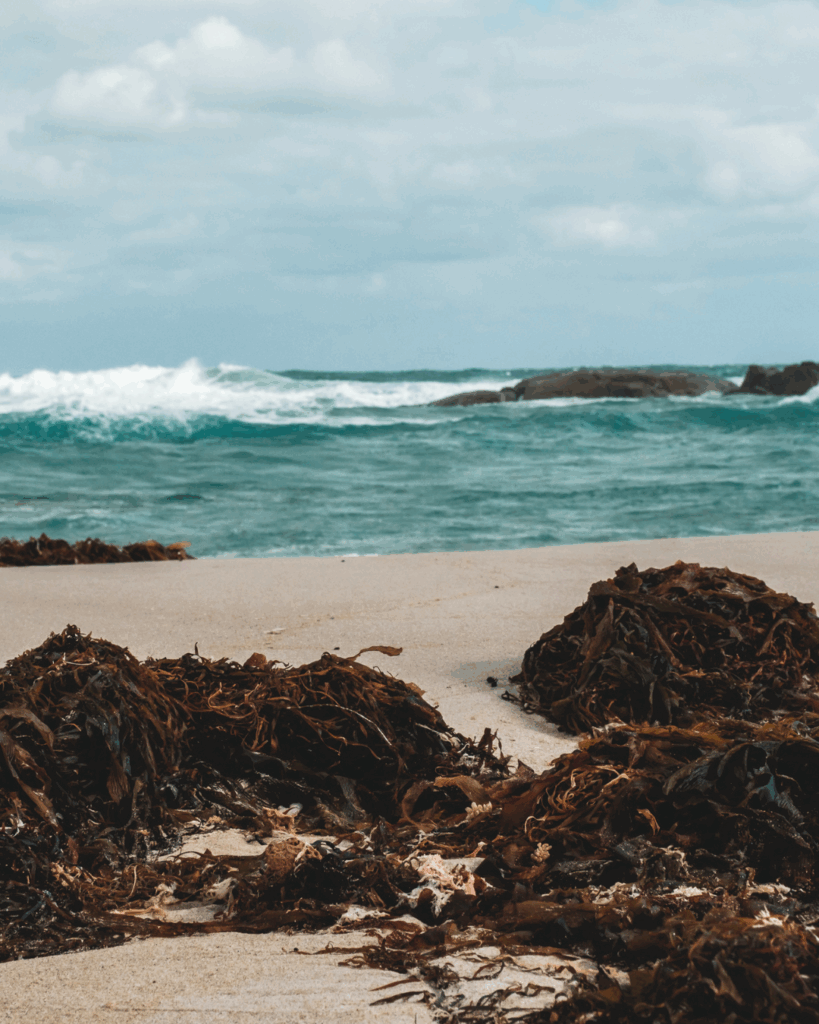
Indigenous Coastal Peoples of North America
Long before European settlers arrived, Indigenous peoples along the North American coasts had a deep, practical relationship with the ocean and its bounty, including seaweed. Their knowledge wasn’t just about survival; it was woven into their culture, spirituality, and healing practices. These communities understood the cycles of the sea and the specific properties of different seaweeds, using them in ways that sustained both their bodies and their communities.
Traditional Uses and Knowledge
Coastal Indigenous groups, from the Pacific Northwest to the Atlantic seaboard, incorporated various seaweeds into their daily lives. These weren’t just food sources; they were also important for medicinal purposes. For instance, some tribes would use specific types of kelp for poultices to help with skin irritations or wounds. Others might consume certain seaweeds to aid digestion or to supplement their diet, especially during leaner months. This intimate knowledge of marine flora was passed down through generations, a testament to their connection with the ocean environment. The Pacheedaht First Nation, for example, has a rich heritage tied to the Pacific coast, highlighting the long-standing relationship between Indigenous peoples and marine resources Pacheedaht Heritage Project.
Seaweed in Healing and Ceremony
Beyond everyday use, seaweed played a role in more specific healing rituals and ceremonies. Certain seaweeds were believed to have purifying properties, used in cleansing practices. The preparation and application of these marine plants often involved specific protocols, reflecting a spiritual dimension to their use. This holistic approach recognized the interconnectedness of physical health, spiritual well-being, and the natural world. The careful stewardship of these resources ensured their availability for future generations, a practice that continues to inform modern conservation efforts.
A Legacy of Stewardship
The practices of Indigenous coastal peoples demonstrate a profound respect for the marine ecosystem. Their methods of harvesting and utilizing seaweed were often sustainable, ensuring the health of the seaweed populations and the broader ocean environment. This ancient wisdom offers valuable lessons for contemporary approaches to resource management and environmental care, reminding us of the importance of living in balance with nature. Indigenous peoples possess extensive histories and varied current practices for managing and improving biodiversity across diverse scales and environments, including both rural and urban settings.
Medicinal Properties They All Recognized
It’s pretty amazing when you think about it – people all over the world, separated by vast oceans and different ways of life, all seemed to land on the same idea: seaweed is good for you. They might not have had fancy labs or scientific journals back then, but they definitely noticed some common benefits.
Soothing Digestive Woes
Lots of cultures used seaweed to help with tummy troubles. Think indigestion, heartburn, or just feeling generally off. It seems like a lot of red seaweeds, in particular, were used for this. Some folks would eat them raw, others made infusions. It was a go-to for keeping things running smoothly inside.
Addressing Swellings and Growths
Another big one was dealing with lumps, bumps, and swellings. In places like China, certain brown seaweeds were a common remedy for things like goiters and other glandular issues. They were often prepared in various ways, sometimes even made into powders or pastes. It’s like they intuitively knew seaweed could help reduce inflammation and break down stubborn lumps.
Boosting Overall Health and Vitality
Beyond specific ailments, many traditions saw seaweed as a general tonic. It was believed to help with weakness and generally improve well-being. Some preparations were even mixed with things like honey or wine to make them more palatable and potent as a health booster. It’s interesting how this idea of seaweed as a revitalizer pops up in so many different places, from ancient Mesopotamia to the Caribbean islands. We can see this ancient wisdom reflected in modern practices, like using seaweed in therapeutic baths.
Topical Treatments
Seaweed wasn’t just for eating, either. People used it externally too. For cuts and scrapes, some coastal tribes in North America would make poultices from seaweed to help with healing and prevent infection. It was also used for things like sore throats and rheumatism, often in tinctures or liniments.
How Seaflora Honors Ocean Wisdom Today
It’s pretty amazing how companies today are still tapping into all that old-school ocean knowledge. Take Seaflora, for instance. They’re really trying to bring back some of that respect for seaweed, you know? It’s not just about eating it or using it for fertilizer anymore. They’re looking at the whole picture – how it’s been used for centuries, what it means culturally, and how we can use it now in a way that’s good for us and good for the planet in their skincare!
Connecting with Ancient Practices
Seaflora seems to be all about honoring those traditions we’ve talked about. They’re not just grabbing seaweed randomly; they’re thinking about where it comes from and how it was traditionally gathered. It’s like they’re trying to be mindful of the whole process, from the ocean to the product. This approach feels more connected to the way people used seaweed way back when, respecting its source.
Seaweed as a Symbol of Resilience
Think about it: seaweed just keeps growing, adapting to the ocean’s changes. Seaflora seems to see that resilience in seaweed and wants to bring that quality into their work. It’s a reminder that even when things get tough, there’s a way to keep going and even thrive. This idea of resilience is something we could all use a bit more of.
Reciprocity with the Ocean
What’s really cool is how Seaflora gives back to the ocean. It’s not just about taking from it. They seem to understand that we need to have a balanced relationship, where we take care of the ocean so it can keep providing for us. It’s that idea of reciprocity, of a give-and-take, that feels really important for how we should interact with nature these days. They do this by donating a percentage of their sales to non-profits such as Sooke Salmon Enhancement Society, Georgia Straight Alliance and Ancient Forest Alliance.
Conclusion
As we’ve explored, the connection between humans and seaweed stretches back through millennia, woven into the fabric of cultures across the globe. From the Polynesian islands to the shores of Japan and Korea, and among the Indigenous peoples of North America, seaweed wasn’t just food; it was medicine, a spiritual element, and a symbol of resilience. These ancient traditions highlight a profound respect for the ocean and its bounty, a wisdom that feels particularly relevant today.
Frequently Asked Questions
How did people first learn about seaweed’s healing powers?
Long ago, people living by the sea noticed that seaweed had special healing powers. They used it for different sicknesses and to stay healthy. Different cultures around the world, like those in Polynesia, Japan, Korea, and Native American tribes, all had their own ways of using seaweed for medicine and in their daily lives. They learned this by watching nature and passing down their knowledge.
What kinds of health problems did ancient people treat with seaweed?
Seaweed was used for many things! People ate it for food because it’s packed with good stuff. They also used it to help with tummy troubles like heartburn, to heal skin problems, and even for coughs and colds. Some cultures believed it had magical powers to make people feel better and stronger.
Was seaweed seen as a symbol of strength or resilience in ancient times?
Yes, many ancient cultures saw seaweed as a symbol of strength and bouncing back. Seaweed can grow in tough ocean conditions, showing how it can adapt. This made people think of it as a sign of being tough and able to handle hard times, like a reminder to be resilient.
What did ancient cultures teach us about respecting nature through seaweed?
Ancient people understood that we are all connected to nature, especially the ocean. They treated the sea and its gifts, like seaweed, with respect. They believed in taking care of the ocean so it could keep providing for them. This idea of being thankful and looking after nature is called reciprocity.
How can we use the ancient wisdom of seaweed today?
Today, we can still use seaweed like people did long ago. We can eat it in our meals, use it in skincare products, or even take it as a supplement. By doing this, we connect with the old traditions and learn from the wisdom of people who lived by the sea centuries ago. It’s like bringing that ocean wisdom into our modern lives.
What main lesson can we learn from the history of using seaweed for health?
The story of seaweed shows us that nature has amazing solutions for our health. Even though science is now proving what ancient people knew, the traditions are still valuable. It reminds us to look to nature for healing and to live in a way that respects the planet, just like those who came before us.
Resources
https://news.un.org/en/story/2025/06/1164131
https://www.vively.co.uk/post/the-health-benefits-of-seaweed

